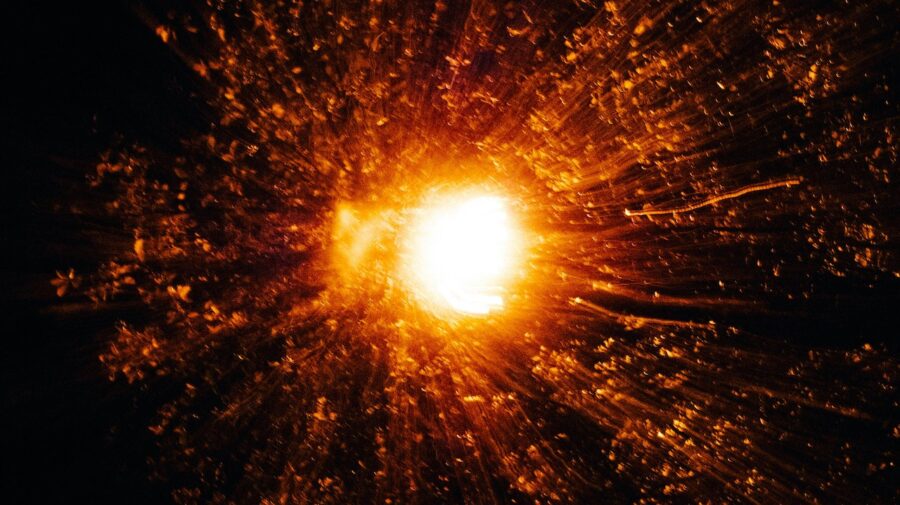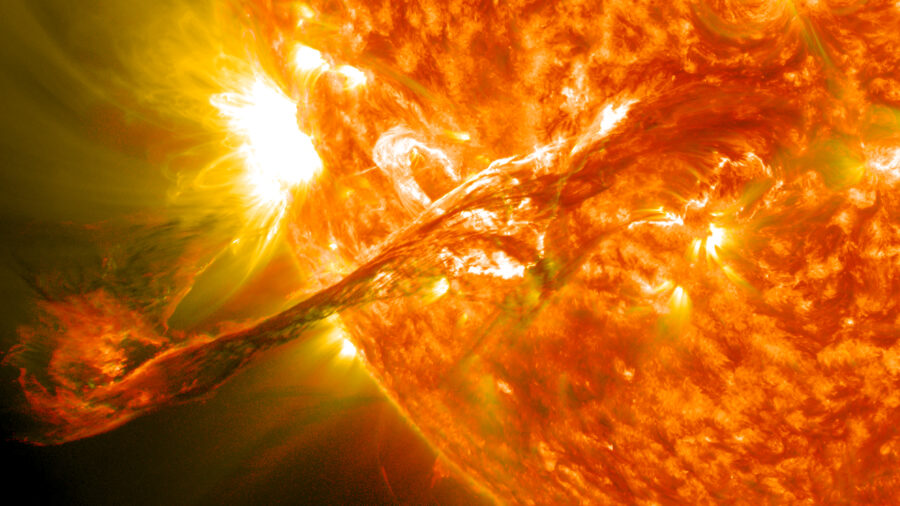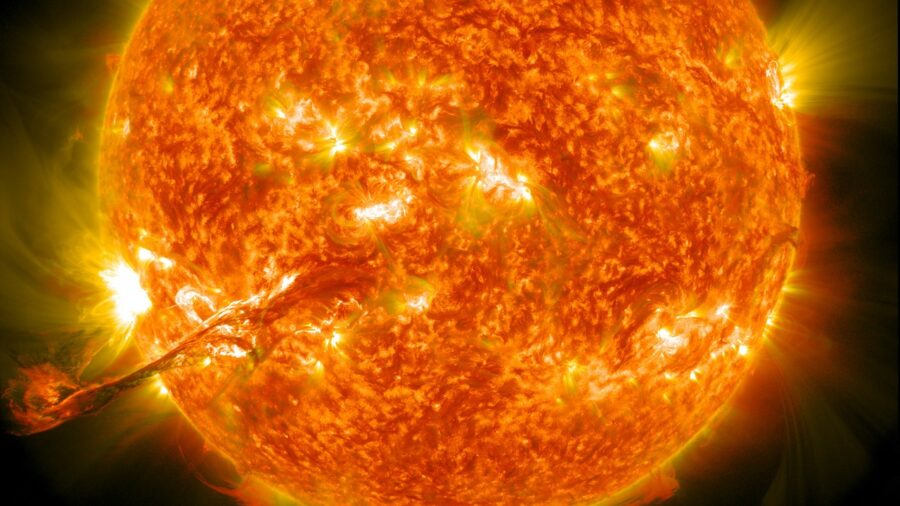Scientists Warn Historic Solar Flares Are Coming Back For Another Shot At Earth

In early May, solar active region AR 13664 produced an impressive 12 X-class solar flares over just six days. The intense flares also triggered successive Earth-directed coronal mass ejections (CMEs), which are large bursts of plasma and magnetic fields from the sun. Two weeks later, this active region has reappeared on the sun’s eastern edge, now designated as AR 13697.
The area quickly reminded observers of its potential by producing X2.9 solar flares, indicating that AR 13697 still has the capability to produce significant solar events in the coming weeks.
Intense Solar Flares

The reappearance raises questions about what solar activity we might expect in the coming weeks. The first series of CMEs culminated in a G5 geomagnetic storm on Earth, the first of its kind since 2003. The storm led to widespread auroras visible around the world.
On May 14, just before AR 13664 rotated out of view behind the sun, it produced X8.79-class solar flares, the largest since September 2017.
Significant Sunspots

The sun completes a full rotation approximately every 27 days, giving Earth a view of any given active region for about two weeks before it disappears over the western edge. Historically, once an active region rotated out of view, it would be renumbered if it reappeared. Continuous observations from the European Space Agency’s Solar Orbiter noted a marked decrease in X-class solar flare activity.
With the return of AR 13664/13697, scientists can now assess whether this quieter period will continue. The first signs of AR 13697’s sunspots were visible on May 27. A day later, the entire region was in view.
Geomagnetic Storms And Enhanced Auroras

As AR 13697 continues to rotate across the sun, it will be visible from Earth for the next two weeks. Any solar flares during this period will reach Earth, potentially causing short-term radio blackouts. Additionally, some flares might trigger CMEs. For a CME to have the greatest impact on Earth, it needs to erupt from a position slightly to the right of the sun’s center.
AR 13697 is expected to reach this optimal position between June 4 and June 6, which aligns with the 27-day rotation cycle from the mid-May solar flares. Eruptions during this window have the best chance of producing geomagnetic storms and enhanced auroras. Although the current trend shows fewer X-class flares from AR 13697, it does not entirely rule out the possibility of geomagnetic activity.
Powerful Coronal Mass Ejections

The intensity of the May 2024 geomagnetic storm was due to the cumulative impact of multiple CMEs in quick succession. If fewer solar flares occur, a similar bombardment is less likely. However, a single well-placed and powerful CME could still trigger a significant geomagnetic storm. As AR 13697 moves further into view, more detailed assessments of its magnetic field and flare potential will be possible.
Visibility At High Latitudes

Both NASA’s Solar Dynamics Observatory and the National Science Foundation’s Global Oscillation Network Group are monitoring the region. Within the next few days, scientist will have a better understanding of AR 13697’s magnetic complexity and the likelihood of more strong flares. While another G5 storm is unlikely, G3-4 conditions could still produce auroras visible at higher latitudes.
Source: Space.com












